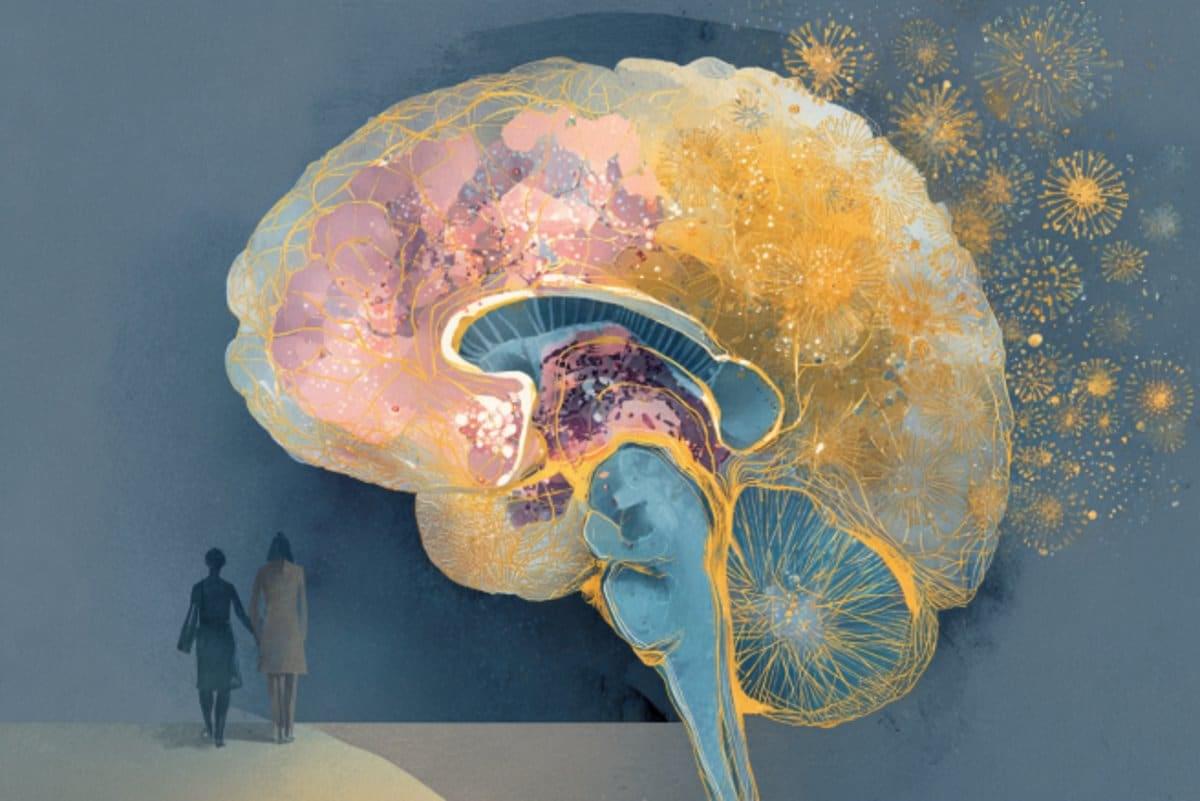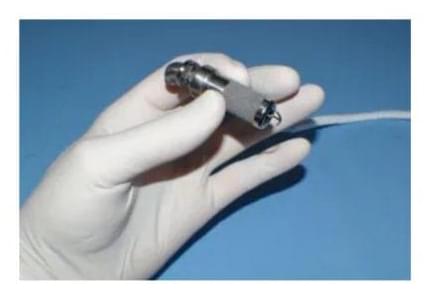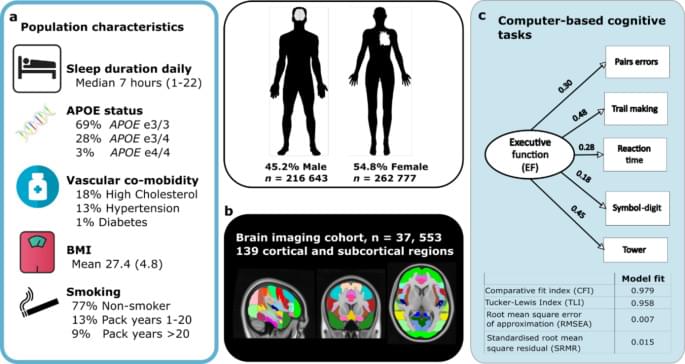Data and images from NASA’s Mars Perseverance rover reveals that recently discovered rocks in Jezero crater are organic carbon bearing mudstones. The findings, detailed in a paper published in Nature, indicate that these mudstones experienced chemical processes that left behind colorful, enigmatic textures in the rock that represent potential biosignatures.
The paper, led by Joel Hurowitz, PhD, Associate Professor in the Department of Geosciences at Stony Brook University, builds upon ongoing research conducted with the rover since it landed in 2021 – work aimed at characterizing early Martian geological processes and collecting samples that may someday be returned to Earth.
Upon entering the Jezero crater’s western edge, Perseverance investigated distinctive mudstone outcrops of the Bright Angel formation. There, the Mars 2020 science team conducted a detailed geological, petrographic, and geochemical survey of these rocks and found traces of carbon matter along with minerals, namely ferrous iron phosphate and iron sulfide.









